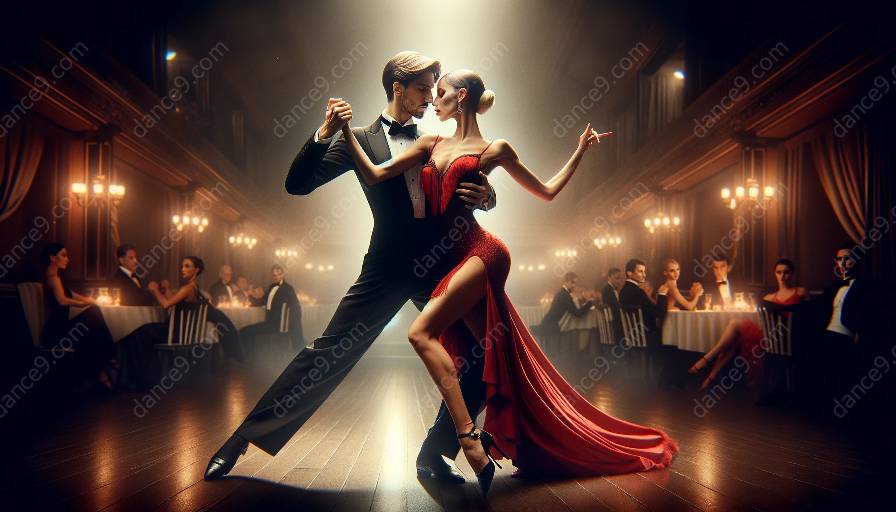Tango, a captivating dance characterized by its sultry moves and connection between partners, is renowned for its intricate footwork patterns. In this comprehensive guide, we delve into the fundamental footwork patterns in tango, perfect for mastering this timeless dance style in dance classes. Whether you're a beginner or looking to refine your tango skills, understanding these essential patterns is crucial for a captivating performance.
Tango: A Brief Introduction
Tango originated in the working-class neighborhoods of Buenos Aires, Argentina, and Montevideo, Uruguay, in the late 19th century. Rooted in a rich cultural heritage, tango is a dance that embodies passion, intensity, and dramatic flair. It has evolved over time, encompassing various styles, such as Argentine tango, American tango, and international tango, each with its unique footwork patterns and techniques.
The Essence of Footwork in Tango
Footwork in tango serves as the foundation for expressing emotion, rhythm, and connection with the music and your dance partner. The fundamental footwork patterns not only enhance the visual appeal of the dance but also contribute to the seamless communication between partners, creating a mesmerizing and fluid performance.
Fundamental Footwork Patterns in Tango
1. Basic Walk (Caminada): The basic walk is the core of tango footwork, involving a confident and purposeful stride, emanating grace and poise. It forms the building blocks for more complex steps, emphasizing the smooth transfer of weight and precise positioning.
2. Side Step (Lateral Step): The side step involves a subtle shift to the side, maintaining connection with the partner while executing elegant and controlled movements. It enhances the spatial dynamics of the dance, adding depth and variation to the choreography.
3. Backward Step (Atrás): The backward step requires a delicate balance and coordination, allowing for seamless transitions and graceful backward movements. It emphasizes controlled momentum and synchronicity with the music.
4. Forward Ocho (Ocho Adelante): The forward ocho encompasses a graceful figure-eight movement, accentuating the fluidity and finesse of tango footwork. It requires precise pivoting and weight distribution, enhancing the dynamic expression of the dance.
5. Backward Ocho (Ocho Atrás): The backward ocho embodies a captivating reverse figure-eight motion, highlighting the intricacy and precision of tango footwork. It emphasizes coordination and connection, adding an element of intrigue to the dance.
6. Cross System (Sistema Cruzado): The cross system involves a subtle crossover of the feet, creating a dynamic and intimate connection between partners. It enhances the communication and synchronization, adding depth and complexity to the choreography.
Mastering the Footwork Patterns
Mastering the fundamental footwork patterns in tango requires dedication, practice, and attention to detail. Whether attending dance classes, workshops, or private lessons, honing these patterns enhances your ability to interpret and express the music, ultimately elevating your tango experience.
Conclusion
Exploring and mastering the fundamental footwork patterns in tango is a rewarding journey that deepens your understanding of this beautiful dance form. By fusing technical precision with emotional expression, these footwork patterns lay the groundwork for captivating performances and meaningful connections with your dance partner. Embrace the allure of tango and immerse yourself in its enchanting footwork, unlocking a world of passion, rhythm, and artistry.













































































